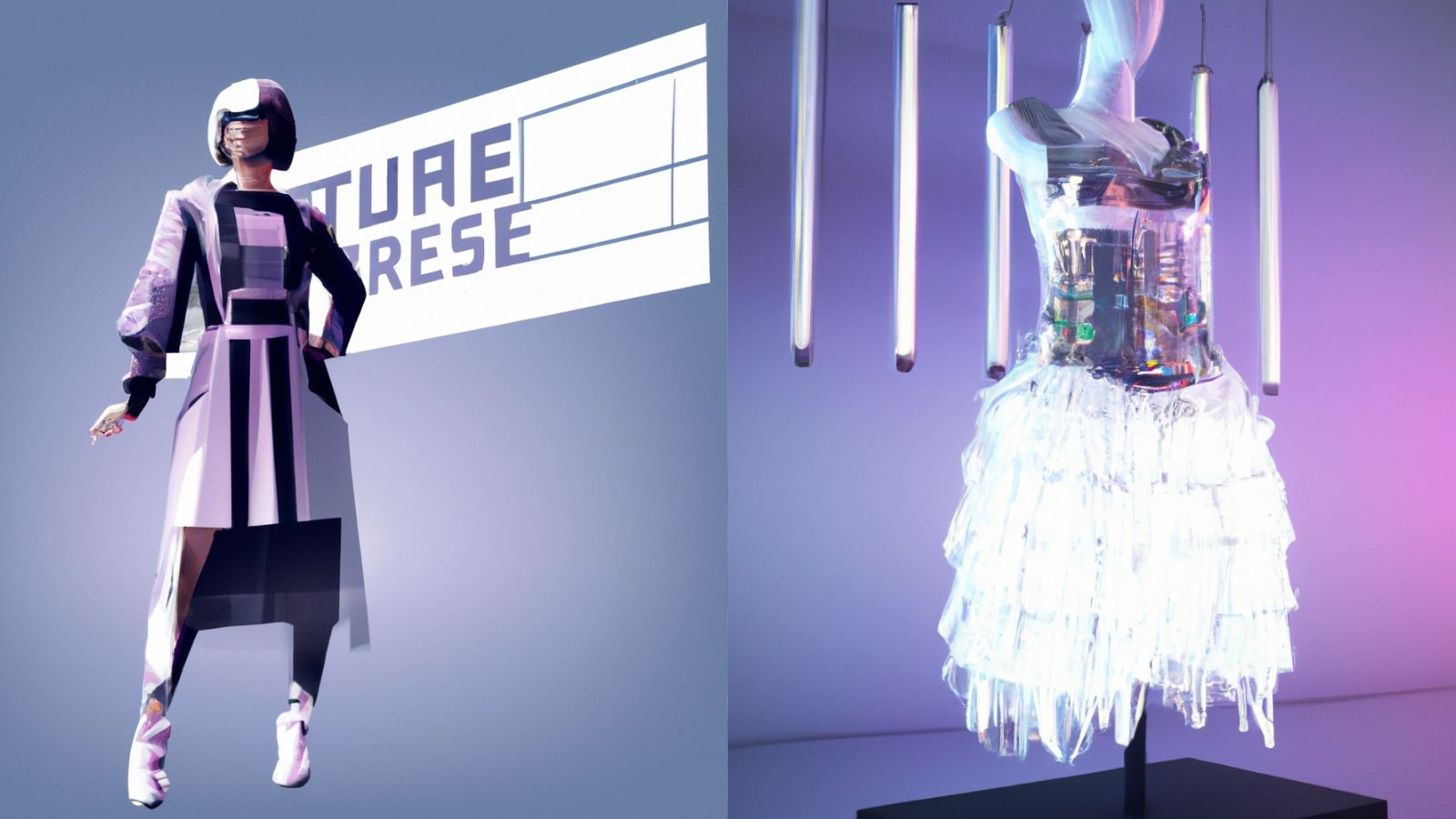
18 Apr How Augmented Reality can help lower fast fashion
How does augmented reality merge with the world of fashion
The immersive technology of augmented reality (AR), which overlays digital data over a real environment to create a hybrid of the physical and digital worlds, is already permeating our daily lives and changing the way we purchase.
The retail sector is experiencing a change in attitudes towards AR. The COVID-19 pandemic sped up what would have otherwise been a drawn-out and probably gruelling procedure, despite the widespread belief that it was created for the gaming industry and would be too expensive to use in the realm of fashion. Retailers were compelled to implement cutting-edge technologies that gave customers digital experiences since store closings were threatening to occur all across the world. This increased demand for the technology and lowered the price.
Retailers, e-commerce companies, and fashion designers are currently experimenting with AR in novel ways, hosting digital runway shows and enabling buyers to try on garments and accessories in a virtual world before making an online purchase.
But the shift towards augmented reality is beneficial for the planet as much as the customer. According to statistics from the Yale Centre for Business and the Environment, the retail sector exceeds the Oil & Gas and Automotive industries by creating more than 50% of industrial carbon emissions. This makes the fashion industry a major worldwide polluter. It makes sense given that up to 11.3 million tones of textile waste—or more than 2,000 articles of clothing every second—are discarded in the US alone by individuals.
We might observe a marked decline in textile waste if AR can lower the amount of apparel that reaches peoples’ closest by enabling them to try it on at home first. Members of Generation Z would support such a change and claim that they would pay up to 15% more for ethically produced goods and ecologically friendly clothing.
AR & its Future in the Japanese Fashion Industry

Digital fashion art by Yukiko (@yuki_ko_13)
How can AR help to make fashion more ethical when participants in the retail industry are striving to be more environmentally friendly in order to appeal to the growing client base? Well, we looked at Japan to explore how AR was being implemented over there.
In order to delve deeper into this, we are thrilled to have conducted interviews with two digital fashion designers who shared their opinions on the topic of why augmented reality should be incorporated into the Japanese fashion industry.
Our amazing interviewees stated that it was their goal to educate larger fashion companies on the benefits of using 3D CGI materials and shifting more towards 3D digital fashion as opposed to using actual cloth.

You can soon check out our chat with the experts if you’d want to learn more about what they had to say about this recent development in the industry. Stay tuned!
How is AR more sustainable and what are the challenges we could face from it?
There is currently no well-established method of avoiding manufacturing samples because it takes time for retail enterprises to develop their clothes for sale. Real-world samples may, however, be combined with digital replicas. Target, a major retailer, recently employed AR for sampling and found that the brand was able to cut physical samples by as much as 65% as a result of digital design technology.
The runways are now showcasing the style. The Summa Fashion Collection, which was organised by students and overseen by designer Marlou Breuls, who has collaborated with artists like SIA and Björk, was presented in 2021 by Summa Fashion College in the Netherlands using augmented reality (AR). No cars, trains, or other forms of transportation were used to travel to or from their environmentally friendly event.
However, it is important to highlight some of the challenges that come with AR. For example, the high cost of implementing augmented reality and a lack of technical expertise to incorporate augmented reality into retail operations are two obstacles that the industry may encounter in light of these changes.
Another difficulty that can arise is that retailers would be reluctant to embrace AR since it might turn away older customers. What does this mean for older generations that might not have the technical aptitude to use augmented reality (AR) when shopping, as research indicates 92% of Gen Z want it to be a part of their experiences?
Can we rule out the possibility that augmented reality headsets would increase pollution or waste? Evidently, some do. Future consumer products from one AR start-up, DigiLens, will be made of plastic. It’s unclear whether AR will have a positive or detrimental influence on the environment given that we now trash about 360 million tonnes of plastic annually.
Nevertheless, consumer trends indicate that AR will likely become more common in the retail and fashion sectors. It’s possible that the adoption of AR will contribute to the sector’s sustainability, but only time will tell.

